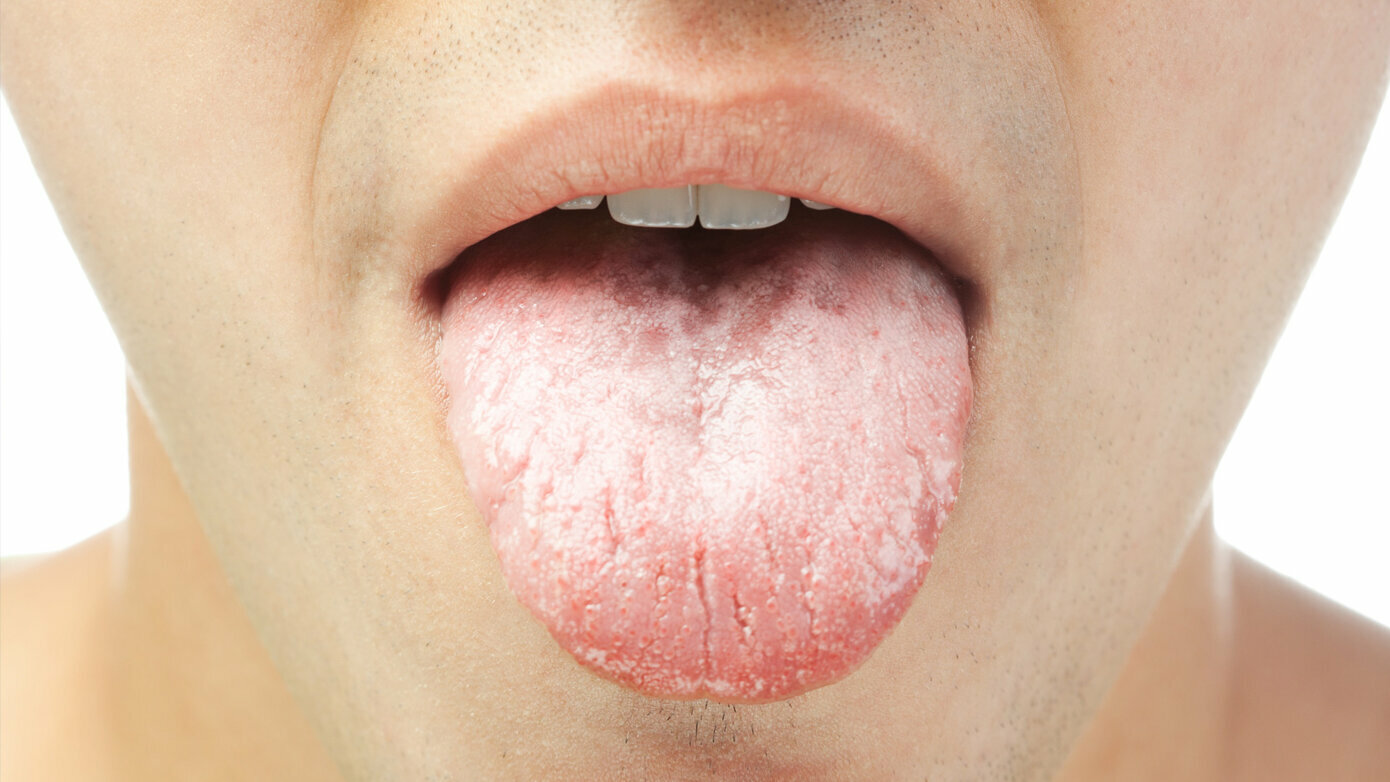Tooth Whitening: Sorting Through Methods and Myths
Dreaming of a brighter smile? The science of tooth whitening offers a plethora of methods, but navigating through the maze of myths can be daunting. Let’s dive into the world of tooth whitening, unraveling the truth from the falsehoods.
Understanding Tooth Discoloration
Before delving into whitening methods, it’s crucial to grasp why teeth become discolored. Various factors contribute, including aging, genetics, dietary habits, and lifestyle choices such as smoking or consuming staining substances like coffee or red wine. Understanding these factors aids in choosing the most effective whitening approach.
Over-the-Counter Whitening Products: Do They Deliver?
Walk down any dental care aisle, and you’ll encounter an array of over-the-counter whitening products promising dazzling results. From whitening toothpaste to strips and gels, options abound. While these products can provide noticeable improvements for mild discoloration, they often contain lower concentrations of whitening agents compared to professional treatments.
Professional Whitening Treatments: A Brighter Smile Awaits
For those seeking more significant results, professional whitening treatments offered by dental professionals are the gold standard. These treatments utilize higher concentrations of whitening agents and may incorporate light or laser activation for accelerated results. Despite the higher cost, professional treatments deliver superior and longer-lasting whitening effects.
The Myth of Home Remedies
In the quest for whiter teeth, many turn to home remedies touted on social media or DIY blogs. From baking soda to activated charcoal, these natural remedies promise cost-effective solutions. However, scientific evidence supporting their efficacy is lacking, and some may even damage tooth enamel or irritate the gums. Proceed with caution when experimenting with home remedies.
Dispelling Common Myths
In the realm of tooth whitening, myths abound. One prevalent myth suggests that lemon juice and strawberries can whiten teeth. While both contain natural acids that may help remove surface stains, prolonged exposure can erode enamel, leading to increased sensitivity and susceptibility to decay. It’s best to consult with a dental professional before attempting DIY remedies.
Maintaining Results: Tips for Prolonged Whiteness
Achieving a whiter smile is only half the battle; maintaining results is equally important. To prolong the effects of whitening treatments, practice good oral hygiene habits such as brushing twice daily, flossing regularly, and avoiding foods and beverages known to stain teeth. Additionally, scheduling regular dental cleanings can help remove surface stains and prevent discoloration.
The Role of Dental Health in Whitening
While tooth whitening can enhance the appearance of your smile, it’s essential to prioritize overall dental health. Regular dental check-ups and cleanings not only ensure optimal oral health but also allow your dentist to assess the suitability of whitening treatments based on your individual needs and oral condition. Remember, a healthy smile is a beautiful smile.
Navigating Sensitivity Concerns
One common side effect of tooth whitening is increased sensitivity. This occurs when the whitening agents penetrate the enamel, temporarily exposing the nerves within the teeth. While sensitivity is typically mild and resolves on its own, using desensitizing toothpaste or scheduling shorter whitening sessions can alleviate discomfort. Be sure to discuss any concerns with your dentist before proceeding with whitening treatments.
Exploring the Latest Innovations in Tooth Whitening
As technology advances, so do innovations in tooth whitening. One promising development is the use of LED technology to enhance whitening results. LED lights emit a specific wavelength of light that activates whitening agents, accelerating the process and yielding brighter smiles in less time. While still relatively new, LED whitening shows great potential for revolutionizing the tooth whitening industry.
Combating Stains with Dietary Adjustments
While whitening treatments can reverse surface stains, preventing new stains is equally important. Making dietary adjustments can help combat staining agents and preserve the results of whitening treatments. Opting for straw usage when drinking staining beverages, such as tea or cola, can minimize contact with teeth. Similarly, incorporating crunchy fruits and vegetables like apples and carrots can naturally scrub away surface stains.
The Psychological Impact of a Brighter Smile
Beyond the physical benefits, achieving a whiter smile can have a profound psychological impact. Research suggests that individuals with whiter teeth are perceived as more attractive, confident, and successful. A brighter smile can boost self-esteem and positively influence social interactions, leading to greater overall happiness and well-being. Investing in tooth whitening isn’t just about aesthetics; it’s an investment in self-confidence and quality of life.
Ethical Considerations in Tooth Whitening
While the pursuit of a brighter smile is understandable, it’s essential to consider the ethical implications of tooth whitening. In some cases, societal pressures to conform to unrealistic beauty standards may drive individuals to undergo unnecessary or excessive whitening treatments, leading to potential harm to oral health. Dentists have a responsibility to educate patients about the risks and benefits of whitening and to prioritize patient well-being above cosmetic concerns.
The science of tooth whitening offers a multitude of methods to achieve a brighter, more radiant smile. From over-the-counter products to professional treatments, options abound for those seeking to enhance their appearance. However, it’s essential to separate fact from fiction and prioritize dental health throughout the whitening process. By understanding the methods and dispelling the myths, you can unlock the secrets to a confident, dazzling smile.



